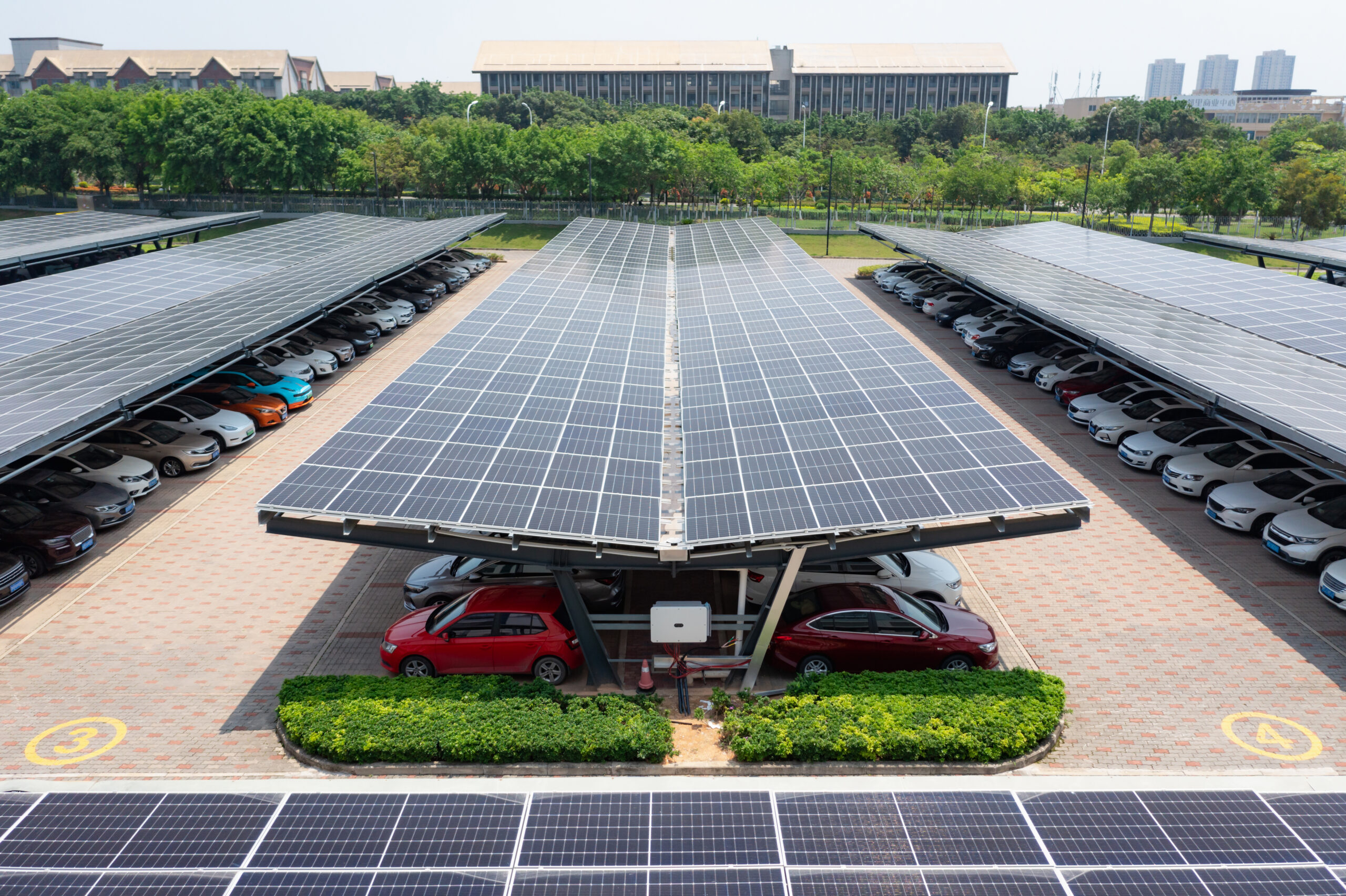The Evolving Role of Electric Vehicles in Sustainable Construction & Design
As the world shifts to a more sustainable future, the growth of the U.S. electric vehicle (EV) market offers inspiration as well as challenges for the construction and design sectors. With approximately 1.6 million EVs sold in 2023 according to MarketWatch—a 60% increase from the previous year—this surge signals a commitment to reducing carbon footprints and embracing eco-friendly technologies. However, recent reports from S&P Global indicate that this momentum may have slowed down in 2024, prompting a reevaluation of how these advancements intersect with broader sustainability goals.

The interplay between the EV market and sustainable construction practices invites more exploration of innovation and design philosophy. How might the principles that are driving the EV revolution inform building practices? While navigating this, the collaboration between electric mobility and the architecture of cities becomes worthy of attention. When every element of infrastructure must contribute to environmental well-being, understanding the connection can help designers and builders shape a more sustainable future.
EV Connection to Sustainability Goals
The slowdown of EV adoption presents challenges and opportunities for green construction practices, putting a spotlight on the need to reduce the reliance on fossil fuels and minimize carbon footprints.
Findings from the International Energy Agency note that EVs will help in global efforts to achieve net-zero carbon emissions. Nations are relying on EV adoption in their strategies to mitigate climate change and reduce overall emissions.
If the momentum of EV adoption is lost, it could hinder efforts to reduce greenhouse gas emissions. By aligning their projects with the goal of promoting electric mobility, stakeholders can focus their resources, strategies, and projects on initiatives that facilitate the adoption of EVs.
Solutions for EV Infrastructure
The U.S. EV charging infrastructure, particularly public charging stations, is significantly lagging its goals for vehicle electrification, with a current ratio of nearly 10 home chargers for every public one. Research from National Renewable Energy Laboratory (NREL) indicates that to meet the anticipated EV demand by 2030, the number of public charging ports must increase dramatically from just over 168,000 in 2023 to nearly 1.2 million.
Strengthening the sustainability of EV-related infrastructure relies on innovative materials and technologies. For example, constructing charging stations using recycled materials and incorporating renewable energy sources such as solar panels can minimize the environmental impact of these facilities. Smart grid technologies can help optimize energy consumption, providing charging solutions that reduce this infrastructure’s overall carbon footprint.

Designers can consider including EV charging stations from the planning stage of new construction projects, including planning adequate electrical infrastructure, allocating necessary space, and ensuring easy accessibility for users. Anticipating future growth in EV usage by planning for scalable infrastructure can help prepare projects to adapt to evolving market conditions effectively.
According to the U.S. Department of Transportation, best practices for integrating EV capabilities into building projects include conducting feasibility studies to assess site capacity for EV infrastructure, ensuring compliance with local regulations, and designing spaces that allow for easy retrofitting of charging stations as demand increases. Engaging stakeholders—such as future occupants—during the design phase to better understand their charging needs can also be valuable.
Companies might also consider designing for transportation diversity. To support a mix of transportation options, including EVs, construction projects might want to adopt multi-modal transport strategies. This entails creating environments that accommodate EV charging stations while also prioritizing safe biking pathways, pedestrian-friendly designs, and access to public transport. An integrated approach shows the viability of sustainable transportation options and encourages users to engage with EVs and other eco-friendly mobility methods, according to StreetLight Data.

Navigating Regulations, Future-Proofing Projects
As the EV market shifts, local governments are adapting policies and regulations to facilitate the development of EV infrastructure. Design professionals should stay informed about incentives for EV installations, zoning laws governing charging areas, and sustainability compliance standards that could affect their projects. The Joint Office of Energy and Transportation offers an Infrastructure Playbook for public EV charging. Incentives such as tax rebates, grants, and low-interest loans aimed at promoting sustainable initiatives may be available as well.
To future-proof developments, Lightility suggests that builders and developers should integrate emerging EV technologies, use sustainable construction practices, and offer scalable designs for infrastructure.
For example, supercharger stations that take 30 minutes to charge as well as wireless charging stations are convenient for the end user, encouraging EV adoption. Using sustainable materials such as recycled steel and energy-efficient designs reduces carbon emissions during construction. And modular charging systems, flexible grid connections, and community energy solutions allow for future scalability as demand grows.
U.S. Election Results and Beyond
Looking ahead, the outcome of the 2024 presidential election holds significant implications for the EV market. Policies that promote EV adoption and the supporting infrastructure will shape the trajectory of the automotive and construction industries. Depending on the next administration’s stance, various incentives and regulatory frameworks could either bolster or hinder the progress of EV adoption, thereby directly impacting sustainability efforts in construction.
Stakeholders in the construction and design sectors can seize the moment to create inclusive, adaptable, and sustainable spaces that not only meet current challenges but also espouse the changing transportation landscape—a call to action for a better future.
Some opinions expressed in this article may be those of a contributing author and not necessarily Gray.
Related News & Insights
Manufacturing
As Electric Vehicles Become More Common, Infrastructure Must Keep Pace
Industry
Manufacturing, Construction
Infrastructure Deal Drives Investment in Electric Vehicles and Batteries
Industry
Manufacturing, Construction
With the Advance of Electric Vehicles, Solid-State Batteries Are a Hot Market
Industry